What is an Atomic Number?
The atomic number is the number of protons — positively charged particles — in the nucleus an atom of a chemical element. Elements are distinguished from one another by the numbers of these particles they have, and so each element has its own unique atomic number. The chemical properties of an element are determined by its number of electrons, but in a neutral atom, this is the same as the number of protons. Atoms can, however, gain or lose electrons to form negatively or positively charged ions, so the atomic number is defined as the number of protons, as this is always the same for a given element.
Atomic Number, Mass Number and Atomic Weight
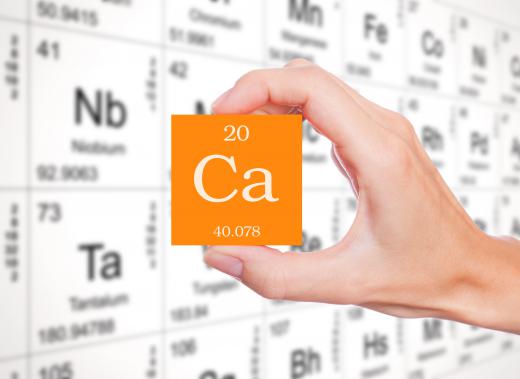
It is possible to confuse these values, but they are quite distinct from one another. Atoms consist of a nucleus containing positively charged protons and electrically neutral neutrons, with electrons orbiting some distance away. Protons and neutrons are relatively heavy, and similar in weight, but electrons are very much lighter and contribute very little to the weight of an atom. The mass number of an atom is the number of protons plus the number of neutrons and is nearly equal to the weight of the atom.
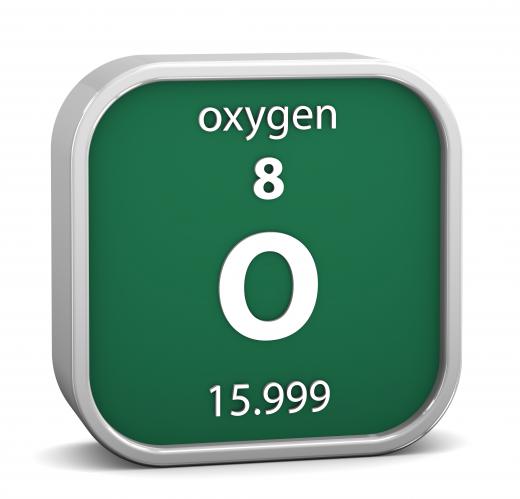
The number of neutrons in an element can vary. Forms of an element with different numbers of neutrons are known as isotopes. For example, the most common form of hydrogen has one proton and no neutrons, but two other isotopes of hydrogen exist, deuterium and tritium, with one and two neutrons, respectively. Naturally occurring elements are often mixtures of different isotopes. Carbon is another example, consisting of isotopes with mass numbers 12, 13 and 14. These all have six protons, but have six, seven and eight neutrons, respectively.
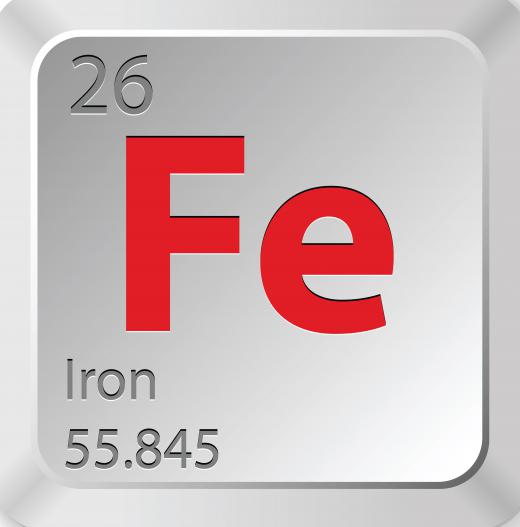
Although 19th century chemists had established good approximations of the atomic weights of the known elements, the precise calculations are not always straightforward, due to the occurrence of different isotopes in varying proportions. Often, the atomic weight is determined as an average, based on the relative abundance of isotopes. Since some isotopes are unstable, changing over time into other elements, atomic weights can vary, and may be represented as a range, rather than a single value. Isotopes are usually represented with the atomic number at the bottom left of the chemical symbol, and the mass number, or approximate atomic weight, at the top right. For example carbon 13 would be shown as 6C13.
The Periodic Table
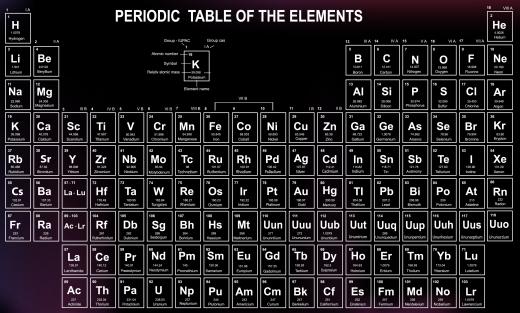
In the 1860s, the Russian chemist Dimitri Mendeleev worked on a table of the elements known at that time, initially listing them in order of atomic weight and arranging them in rows that grouped elements with similar chemical properties together. It had been noticed previously by other chemists that the properties of the elements, when ordered by weight, tended to repeat at more or less regular intervals. For example, lithium, sodium and potassium are all reactive metals that combine with non-metals in similar ways, while helium, neon and argon are all completely unreactive gases. For this reason, Mendeleev’s list became known as the periodic table.
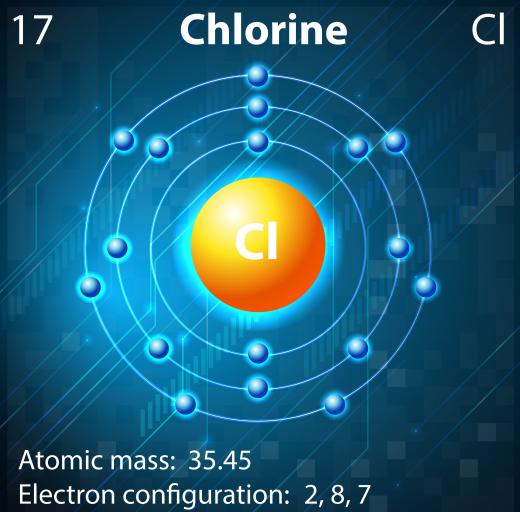
Mendeleev’s first draft worked well, but there were a few inconsistencies. For example, listed in order of weight, iodine came before tellurium. The problem was that this grouped iodine with oxygen, sulfur and selenium, and tellurium with fluorine, chlorine and bromine. According to their chemical properties, the reverse should have been the case, so before publishing his table in 1869, Mendeleev simply swapped these elements round. It was not until the early 20th century, however, that the reason for these inconsistencies was revealed.
In 1913, the physicist H.G.J. Moseley established a relationship between the wavelengths of X-rays produced by different elements and their sequence in the periodic table. As the structure of the atom was revealed by other experiments around this time, it became clear that this relationship was dependent on the number of protons in an element’s nucleus, in other words, its atomic number. The periodic table could then be ordered by this number, putting the observed chemical properties of the elements on a sound theoretical basis. The occasional inconsistencies in the original table were due to the fact that variations in the number of neutrons could sometimes result in an element having a higher atomic weight than another element with a higher atomic number.
The modern periodic table shows the elements in boxes arranged into rows and columns, with atomic number ascending along each row. Each column groups together elements with similar chemical properties. The columns are determined by the number and arrangement of electrons in the atoms, which in turn is determined by the number of protons. Each box normally contains the chemical symbol for the element, with the atomic number above.
AS FEATURED ON:
AS FEATURED ON:















Discussion Comments
Thank you WiseGeek! You have saved my science project! More people should know about this website. No kidding, I think only 3 other people that I know use this website.
@ Glasshouse- I would like to add to what you have said. The relative amount of carbon isotopes in a substance is what allows scientists to perform radiocarbon dating (radioactive dating also works for other isotopes). This is a great example of how Chemistry, the central science, has made a groundbreaking contribution to other sciences (in this case geology).
The natural ratio of carbon 14, 13, and 12 is known, just as the half-life of these isotopes. For example, carbon 14 decays to carbon 12 at a rate of half of the carbon 14 isotopes per 6,000 years. If a substance has 1 microgram of carbon 14 when it was created, it would only have 0.5 micrograms 6000 years later, 0.25 micrograms 12,000 years later and son on. The relationship between atomic number and isotopes is very important in the world of science.
The Periodic table of elements lists the atomic number above the element symbol. When you are looking at an isotope symbol, the atomic number is listed in the lower left hand corner of the symbol, while the atomic mass number is rounded to the nearest whole number and listed in the top left of the symbol.
If you subtract the atomic number from the atomic mass, you will end up with the number of neutrons present in the atom, allowing you to determine the type of isotope it is. For example, carbon 14, carbon 13, and carbon 12 atoms all have six protons, but they each have eight, seven, and six neutrons respectively. They all occur naturally in nature, but only carbon 12 is stable, and does not decay. Carbon 12 will remain carbon 12 unless a fission or fusion reaction changes that.
Post your comments